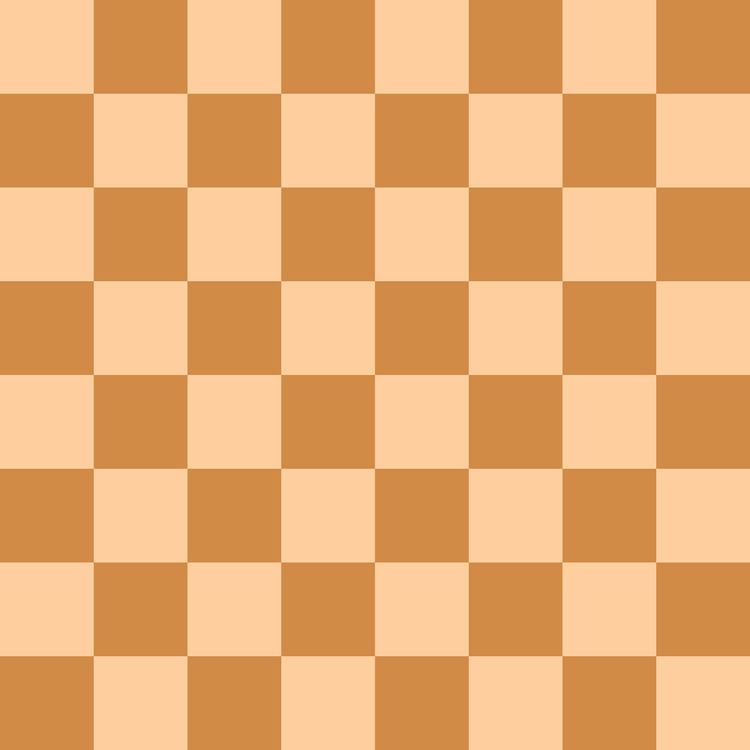a b c d e f | b c d e f g | |
 | ||
The Benoni Defense is a chess opening characterized by the moves:
Contents
- Etymology
- Old Benoni 1d4 c5
- Czech Benoni 1d4 Nf6 2c4 c5 3d5 e5
- Modern Benoni 1d4 Nf6 2c4 c5 3d5 e6
- Snake Benoni 4Nc3 exd5 5cxd5 Bd6
- ECO
- References
Black can then sacrifice a pawn by 3...b5 (the Benko Gambit), but if Black does not elect this line then 3...e6 is the most common move (though 3...d6 or 3...g6 are also seen, typically leading to main lines).
Etymology
“Ben oni” (בֶּן אוֹנִי) is a Hebrew term meaning “son of my sorrow” (cf. Genesis 35:18) – the name of an 1825 book by Aaron Reinganum about several defenses against the King's Gambit and the Queen's Gambit.
Old Benoni: 1.d4 c5
The Old Benoni starts with 1.d4 c5. The Old Benoni may transpose to the Czech Benoni, but there are a few independent variations. This form has never attracted serious interest in high-level play, though Alexander Alekhine defeated Efim Bogoljubow with it in one game of their second match, in 1934. The Old Benoni is sometimes called the Blackburne Defense, after Englishman Joseph Henry Blackburne, the first player known to have used it successfully.
Czech Benoni: 1.d4 Nf6 2.c4 c5 3.d5 e5
In the Czech Benoni, also sometimes known as the Hromadka Benoni, after Karel Hromádka, Black plays 1.d4 Nf6 2.c4 c5 3.d5 e5. The Czech Benoni is much more solid than the Modern Benoni, but it is also more passive. The middlegames arising from this line are characterised by much manoeuvring; in most lines, Black will look to break with b7–b5 or f7–f5 after due preparation, while White may play Nc3–e4–h3–Bd3–Nf3–g4, in order to gain space on the kingside and prevent ...f5 by Black.
Modern Benoni: 1.d4 Nf6 2.c4 c5 3.d5 e6
The Modern Benoni, 1.d4 Nf6 2.c4 c5 3.d5 e6, is the most common form of Benoni apart from the Benko Gambit. Black's intention is to play ...exd5 and create a queenside pawn majority, whose advance will be supported by fianchettoed bishop on g7. The combination of these two features differentiates Black's setup from the other Benoni defenses and the King's Indian Defense, although transpositions between these openings are common. The Modern Benoni is classified under the ECO codes A60–A79.
Snake Benoni: 4.Nc3 exd5 5.cxd5 Bd6
The Snake Benoni refers to a variant of the Modern Benoni where the bishop is developed to d6 rather than g7. This opening was invented in 1982 by Rolf Olav Martens, who gave it its name because of the sinuous movement of the bishop—in Martens's original concept, Black follows up with 6...Bc7 and sometimes ...Ba5—and because the Swedish word for "snake", orm, was an anagram of his initials. Normunds Miezis has been a regular exponent of this variation. Aside from Martens's plan, 6...0-0 intending ...Re8, ...Bf8 and a potential redevelopment of the bishop to g7, has also been tried. White appears to retain the advantage against both setups.
ECO
The Encyclopaedia of Chess Openings (ECO) has many codes for the Benoni Defense.
Old Benoni Defense:
Benoni Defense:
Fianchetto Variation:
Modern Benoni:
Taimanov Variation:
Four Pawns Attack:
Classical Benoni:
